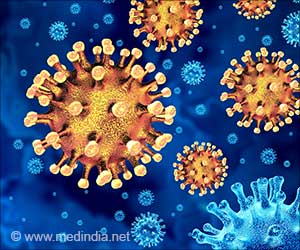Some health experts in India are questioning the efficacy of the DOTS program to control the spread of tuberculosis in the country
Some health experts in India are questioning the efficacy of the DOTS program to control the spread of tuberculosis in the country. The increasing number of TB cases recorded throughout the country indicates that there are problems with how the DOTS strategy has been implemented, according to the Indian Medical Association.
India routinely has implemented various TB control programs that are used for a few years before being replaced, according to Hisamuddin Papa, a pulmonologist who founded the HUMA Specialists Hospital and Research Centre. Papa said that TB diagnosis using sputum microscopy, which was developed more than 100 years ago, also presents a challenge to TB control because it is the primary method used to diagnose the disease.Sputum microscopy also cannot detect if a person has a drug-resistant TB strain, he said, adding that in many areas, a lack of commitment and resources has resulted in inadequate TB diagnostic and laboratory services. According to Papa, although India's TB drug delivery systems have improved, the country's National Sample Survey has not been used to examine India's current TB situation.
IMA President Anil Pachnekar said that although DOTS is supposed to curb the spread of drug-resistant TB, insufficient implementation of the program has hindered such efforts. Pachnekar also said that many doctors in the country use trial-and-error methods to treat drug-resistant TB, turning to second-line treatments after first-line drugs fail and the bacteria has had more time to develop resistance.
IMA Secretary Ramesh Shah said that the incorrect use of antibiotics, interruptions in treatment regimens and inadequate DOTS monitoring are responsible for the spread of drug-resistant TB. "The recipe for spreading the disease is the same throughout the world," he said, adding that the increasing numbers of drug-resistant TB cases has hindered the efficacy of the DOTS strategy.
Source-Kaiser Family Foundation
LIN/B










